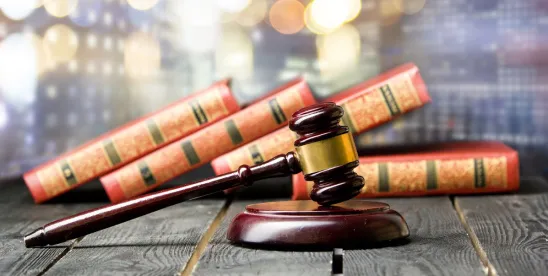Some of the most critical evidence at trial comes in the form of deposition testimony from witnesses who are unable to testify live at trial. Done right, deposition designations can powerfully support your case. Done poorly, they can confuse the jury or worse yet, be excluded. Below are six best practices for California practitioners to ensure your designations are both effective and admissible.
1. It All Starts with a Good Deposition
Laying the groundwork for trial happens long before the jury is sworn in. If a witness lives beyond the court’s subpoena power, their deposition may be the only chance to present their testimony. CCP § 2025.620(c). If you’re taking the deposition, prepare as though you’re conducting a trial examination. A detailed outline and clear objectives will help you elicit testimony that’s both compelling and admissible. If you plan to introduce documents, consider arranging for a document camera or other graphic presentation of the evidence alongside the witness so that you won’t need to later manually show the jury the documents presented to the witness. If it’s a particularly long examination, you should also consider arranging for a second camera on the examiner. While this might be uncomfortable for the examiner, it will be a much less stale presentation to the jury who will grow tired of staring at one person for hours. Conducting a well-executed deposition lays the groundwork for the most effective deposition designations.
If you’re defending the deposition, there are two things to keep in mind.
First, in terms of asserting objections, under California law, any objections to form must be made during the deposition; failing to do so waives them. CCP § 2025.460(b). Though you can later assert evidentiary objections as part of the designations process, you want to be sure to make proper form objections to preserve the record.
Second, because this may be your only chance to frame the witness’s testimony, you should consider conducting a thorough redirect to clarify or rehabilitate your witness. With that in mind, treat every question as if it will be played to a jury—because it might be.
2. Coordinate the Briefing Schedule Early
Deposition designation deadlines can sneak up quickly. Some California jurisdictions have local rules governing the process, but often, there will simply be a deadline by which you must submit designations and counterdesignations to the court. See, e.g., S.F. Superior Local Rule 6.3. In that circumstance, you’ll need to work backward from the court’s deadline, and you do not want to leave this important step for the final days before trial.
Connect with opposing counsel well in advance to agree on a schedule for exchanging designations, objections and counter-designations, and responses to objections (more on that below). The schedule should also include time for formatting designations and objections, printing, and lodging transcripts with the court—this process often takes longer than expected, particularly if the court requires highlighted deposition transcripts or specific objection formatting. Early coordination helps avoid last-minute disputes and ensures both sides have adequate time to prepare.
3. Build in Time for Responses to Objections
Not all objections are straightforward. Sometimes, testimony that appears irrelevant or inadmissible on its face becomes admissible when viewed in context with other evidence. For example, a relevance objection might be overcome by explaining how the testimony ties into a document or witness not yet introduced. Build time into the schedule to craft thoughtful responses that provide this context to the court.
4. Dealing with Over-Designation
In cases with multiple deponents, some attorneys may over-designate testimony. This could be a way for counsel to try to preserve options, but it also could be a tactic to try to bog counsel down with work that distracts from other trial prep. Aside from draining resources, this also reduces the amount of time both responding counsel and the court have to actually analyze the admissibility of each individually designated piece of testimony.
Anticipate this possibility and build in enough time to respond thoroughly. Depending on the volume, the court may be receptive to a priority list—that is, the court reviews the designations in tranches with the most likely to be used going first. Remember, a robust objection process is essential to prevent irrelevant or prejudicial testimony from reaching the jury.
5. Don’t Forget Foundation
The rules of evidence still apply to deposition designations. While it may be tempting to skip over foundation testimony, especially when it involves long pauses while a witness reviews documents, but doing so can backfire and be ripe for an objection on foundation grounds. To prepare for this, either designate the foundation testimony or, better yet, reach an agreement with opposing counsel that foundation was laid for certain areas of testimony. This avoids playing tedious video clips and keeps the jury engaged.
6. Get a Fresh Set of Eyes
Before finalizing designations, consider asking a colleague who hasn’t read the transcript to review the selected excerpts. Ask them to summarize what they learned back to you. You’ll be surprised how often they’ll identify the missing context or confusing gaps. This simple step can dramatically improve the clarity and impact of your designations.
By following these best practices, you’ll be better positioned to present clear, admissible, and persuasive deposition testimony at trial.



 />i
/>i
